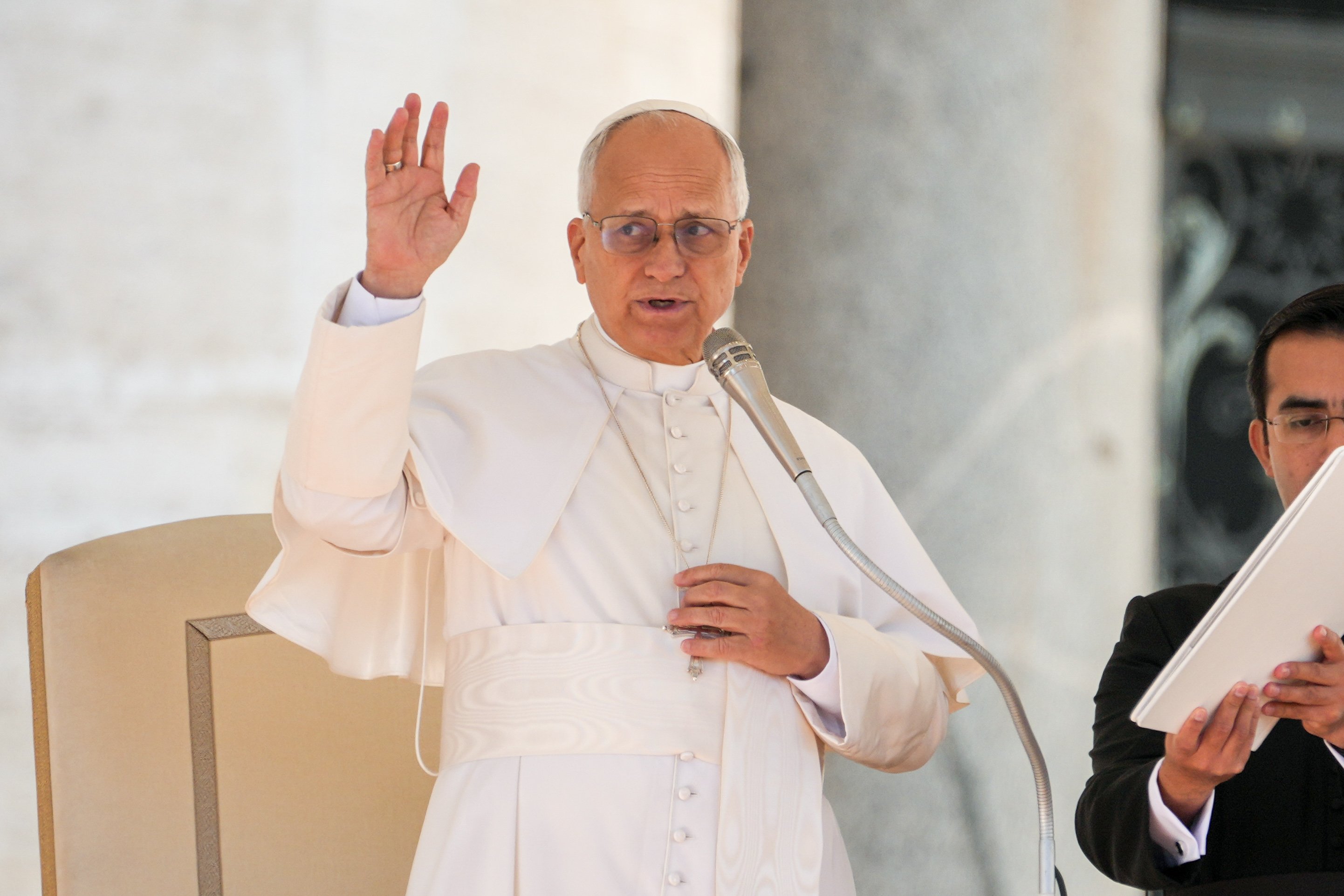April 6, 2018 at 1:53 p.m.
PALM SUNDAY REFLECTION
Lent, part V: Why wave palms?
I am sure many of us can't believe how quickly Lent has passed! This weekend, we celebrate the fifth Sunday in Lent. We now need to run ahead of ourselves a little bit in order to reflect upon the many symbols we associate with Holy Week and Easter.
Holy Week begins with Palm Sunday -- or, to give it the correct title, "Palm Sunday of the Passion of the Lord." Before the reforms of the Second Vatican Council in the 1960s, it had an even longer name: "Palm Sunday of the Solemn Procession of Palms in Honor of Christ the King."
It was also called the "Second Passion Sunday," because the passiontide of the Lord (the time when we focus on Jesus' passion: His arrest, trial, suffering and crucifixion) began a week earlier, on the fifth Sunday in Lent. (Incidentally, that is why, in some churches, crosses and statues are covered with a cloth during these next few weeks.)
The celebration of Mass on Palm Sunday takes the usual form, but with two key exceptions: At the beginning of Mass, we have the commemoration of Jesus' entrance into Jerusalem, with the blessing of palms; then, later, we have a lengthy reading of the Gospel connected with Jesus' passion.
Both tell us of what is special about this day. Our attention is drawn to Jesus' entrance into the holy city of Jerusalem. We are given three different forms of this commemoration of the Lord's entrance, but they all involve the blessing and use of the most familiar mark or sign of this day: palms. We imitate the crowds as we wave the palm branches and sing, "Hosanna to the
Son of David." Why do we do this, and why bother with palms? We pray with our bodies and senses -- in this case, waving palm branches and singing -- and we use physical, tangible things such as palm branches to put us in mind of spiritual realities. The prayers used to bless the palms make this clear: "Sanctify these branches with your blessing, that we, who follow Christ the King in exultation, may reach the eternal Jerusalem through him;" or, "...that we, who today hold high these branches to hail Christ in His triumph, may bear fruit for you by good works accomplished in Him."
The same is true later on in the Mass, when we meet our other mark that is special to Palm Sunday: that very long Gospel reading!
The Gospel reminds us that the purpose of Jesus' entrance into Jerusalem was to accomplish the Lord's paschal mystery: that is, for Him to undergo His suffering and death - and to rise. This theme of fulfillment or completion is made clear as we hear an account of Jesus "passion." This account varies depending on the year of our three-year cycle of liturgical readings; this year, as we are in Cycle B, we will hear St. Mark's version.
As well as having much in common, each of our Gospel writers also gives a particular flavor or perspective with regard to Jesus' passion. It's worth researching what St. Mark's special focus may be.
Notice one other important mark or sign: Instead of having the usual form of the Gospel reading, we usually have a number of readers, and everyone joins in with the parts of the crowd. Why do this? We are drawn in to the drama that unfolds as we hear the Gospel.
The Gospel - any Gospel, but perhaps especially the Gospel on Palm Sunday - that recounts what Jesus has done for us is not, then, just some distant story or something remote from us. It is about what God has done for us; it is about our salvation and our life. We are not just passive spectators, onlookers or listeners: All that we recall on Palm Sunday (and during Holy Week and Easter, of course) is about what Jesus has done for us and done for us right now.
The opening address at the Mass expresses this very well: "With all faith and devotion, let us commemorate the Lord's entry into the city for our salvation, following in His footsteps, so that, being made by His grace partakers of the cross, we may have a share also in His resurrection and in His life."
(Father Barratt is pastor of St. Ambrose parish in Latham. He holds a doctorate in theology and was a professor at St. John's Seminary in England before coming to the U.S. in 2004.)[[In-content Ad]]
SOCIAL MEDIA
OSV NEWS
- Pope Leo’s four favorite films
- Bishop Seitz ‘very optimistic’ religious worker visa issue will soon see ‘positive developments’
- US bishops advance new sainthood cause for ‘Good Samaritan’ Jesuit priest
- USCCB president warns against partisanship; nuncio urges bishops to follow pope’s ‘maps of hope’
- New English version of Bible to be called The Catholic American Bible
- Churches should be joyful places of sharing gift of faith, pope says
- ‘Leo from Chicago:’ Vatican releases new documentary on pope’s early years
- Archbishop Coakley and Bishop Flores are elected president and vice president of USCCB
- Survey: Young adult Catholics are the most engaged and most at risk of leaving the church
- U.S. bishops to Pope Leo: We ‘will continue to stand with migrants and defend everyone’s right to worship free from intimidation’







Comments:
You must login to comment.